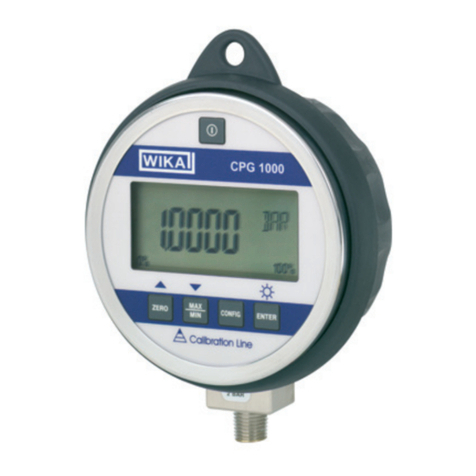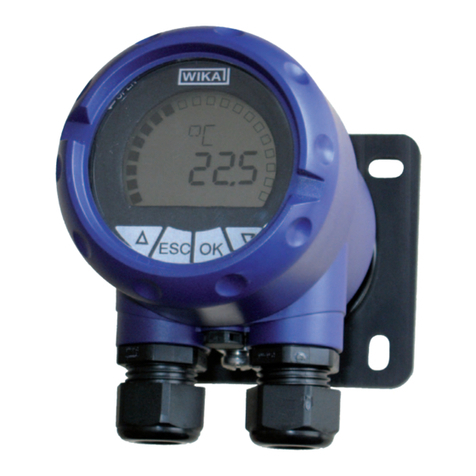WIKA air2guide A2G-20 User manual
Other WIKA Measuring Instrument manuals
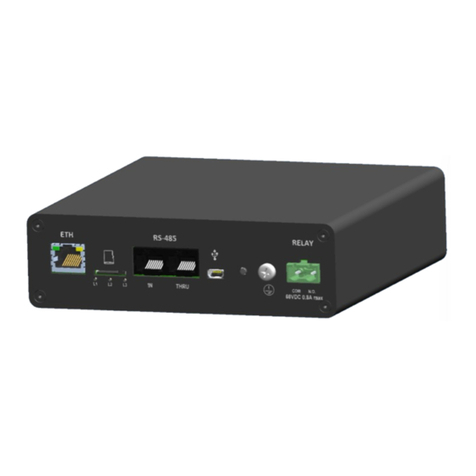
WIKA
WIKA SENSeOR AMS01 User manual

WIKA
WIKA 712.15.160 User manual
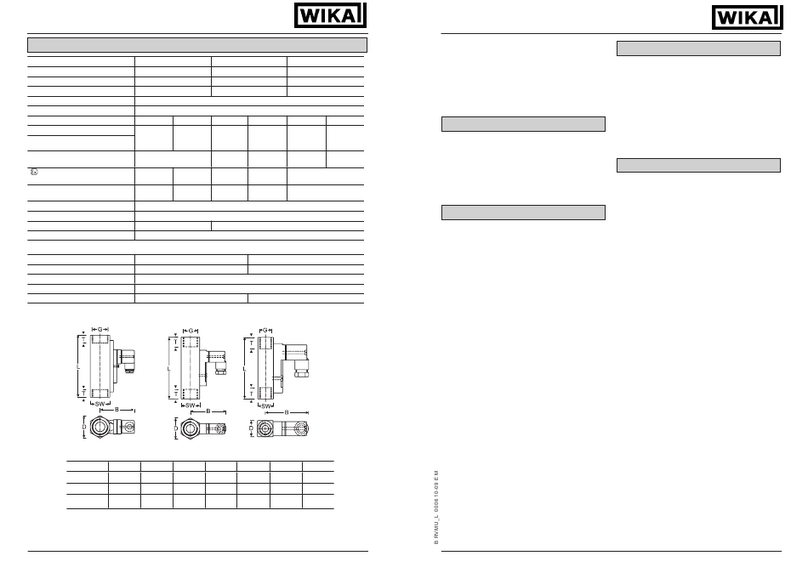
WIKA
WIKA RVM/U-L-1 User manual
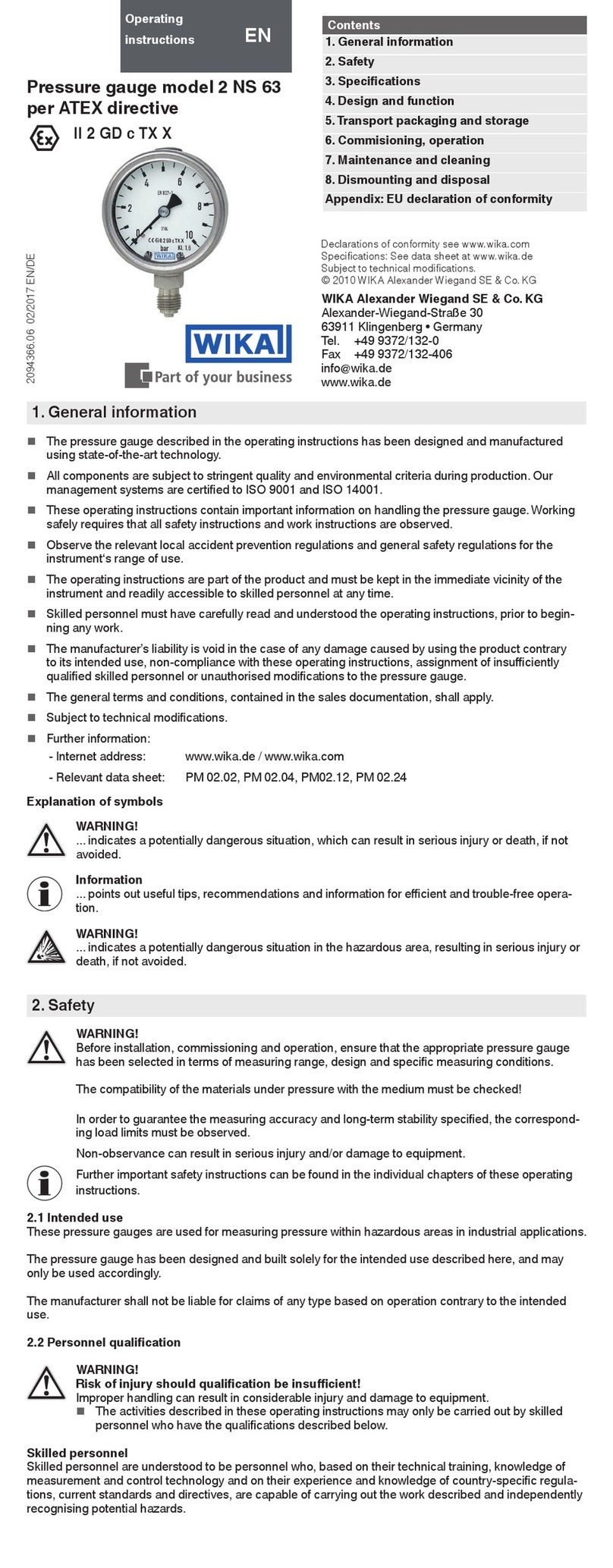
WIKA
WIKA PG23CP User manual
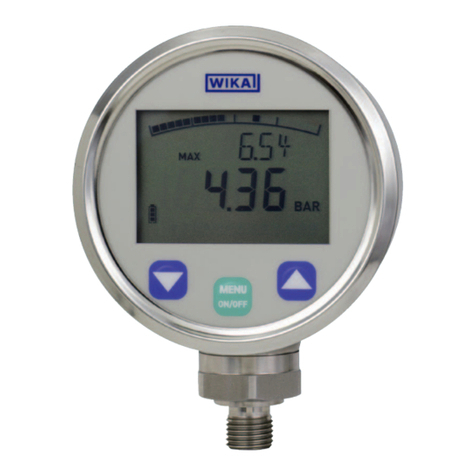
WIKA
WIKA DG-10 User manual

WIKA
WIKA NS 63 User manual
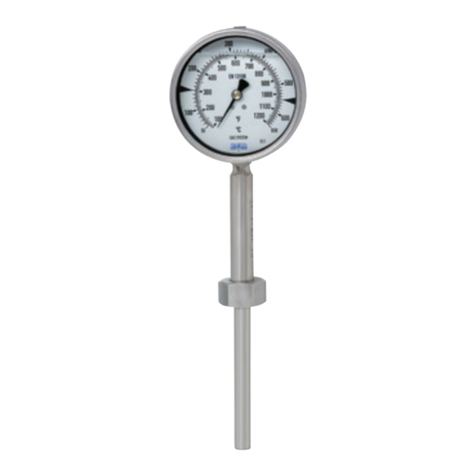
WIKA
WIKA F73.100 User manual

WIKA
WIKA 2XX.34 Product guide
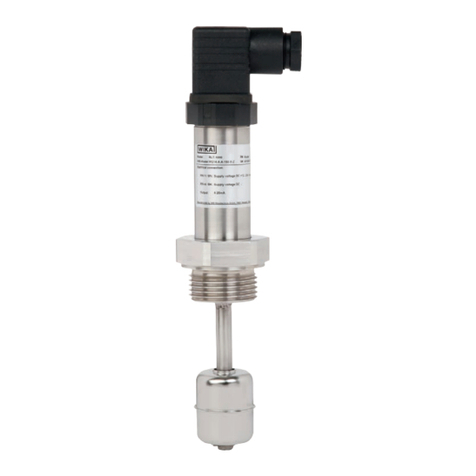
WIKA
WIKA RLT-1000 User manual
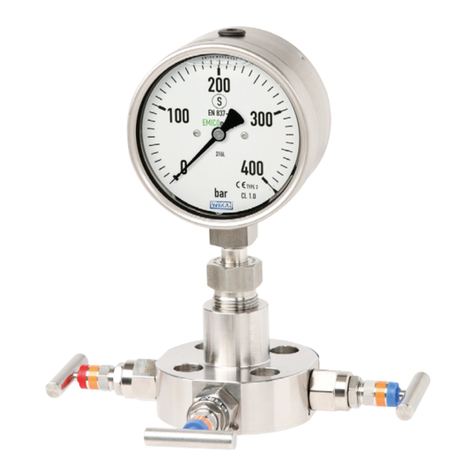
WIKA
WIKA 232.30.100 Operating instructions

WIKA
WIKA TR Series User manual
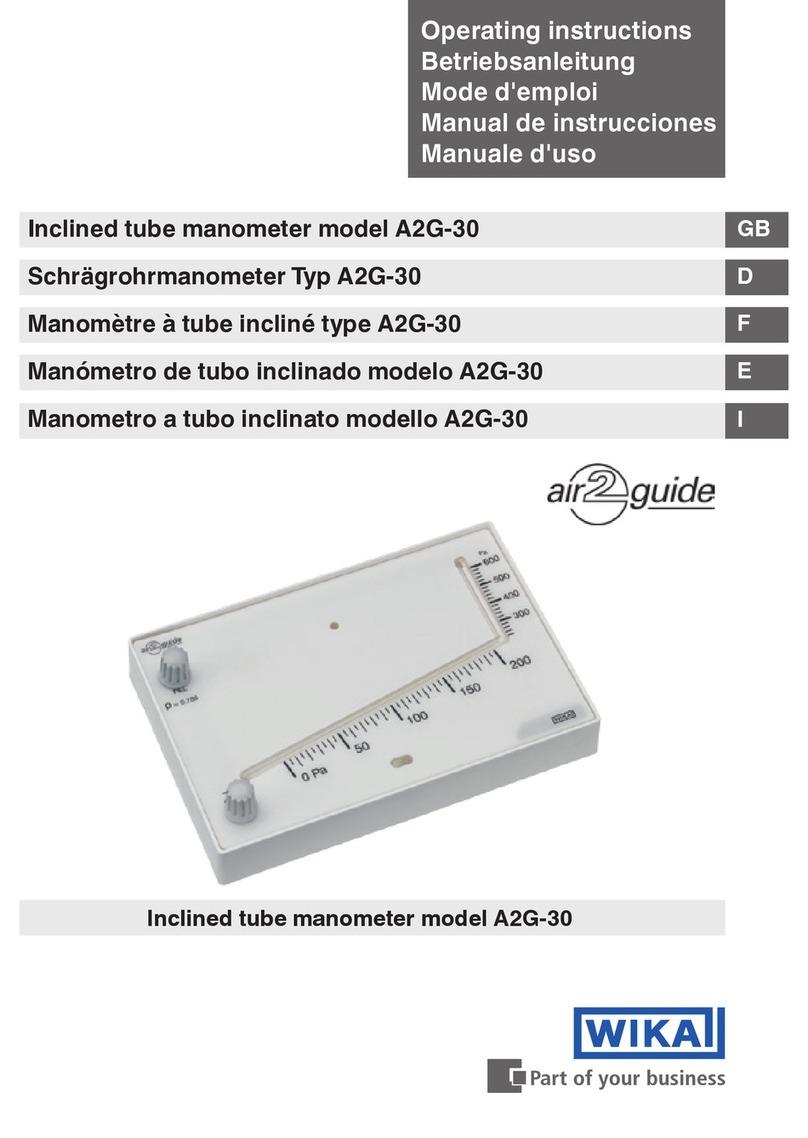
WIKA
WIKA A2G-30 User manual

WIKA
WIKA DI30 User manual
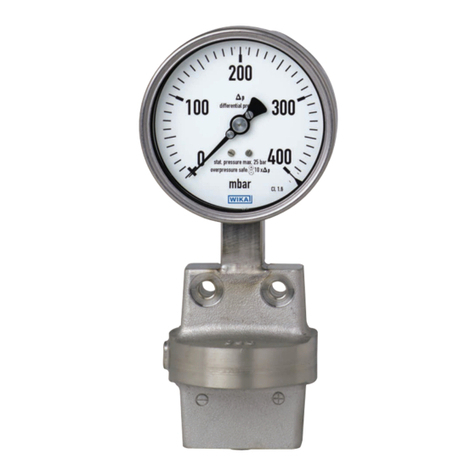
WIKA
WIKA 732.14.100 per ATEX User manual

WIKA
WIKA PGS10 User manual
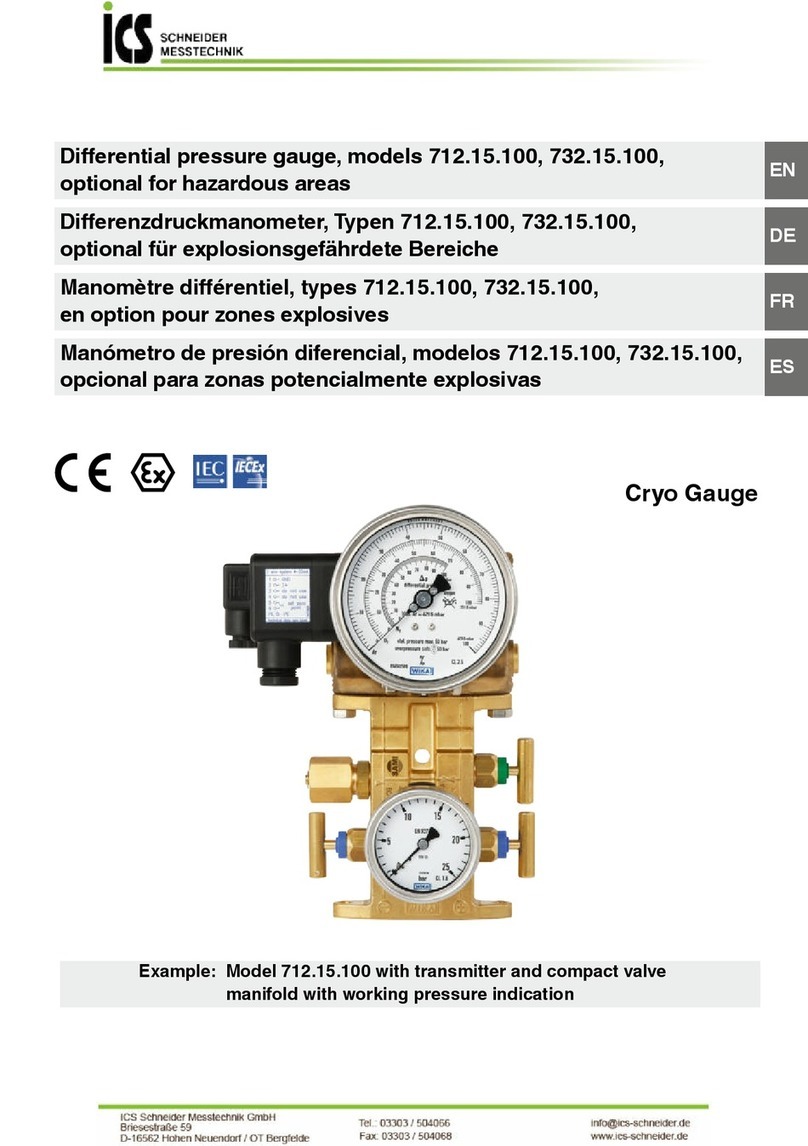
WIKA
WIKA 712.15.100 User manual

WIKA
WIKA PG23HP Series User manual
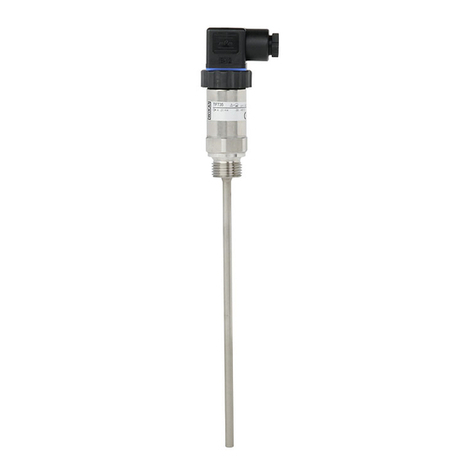
WIKA
WIKA TFT35 User manual
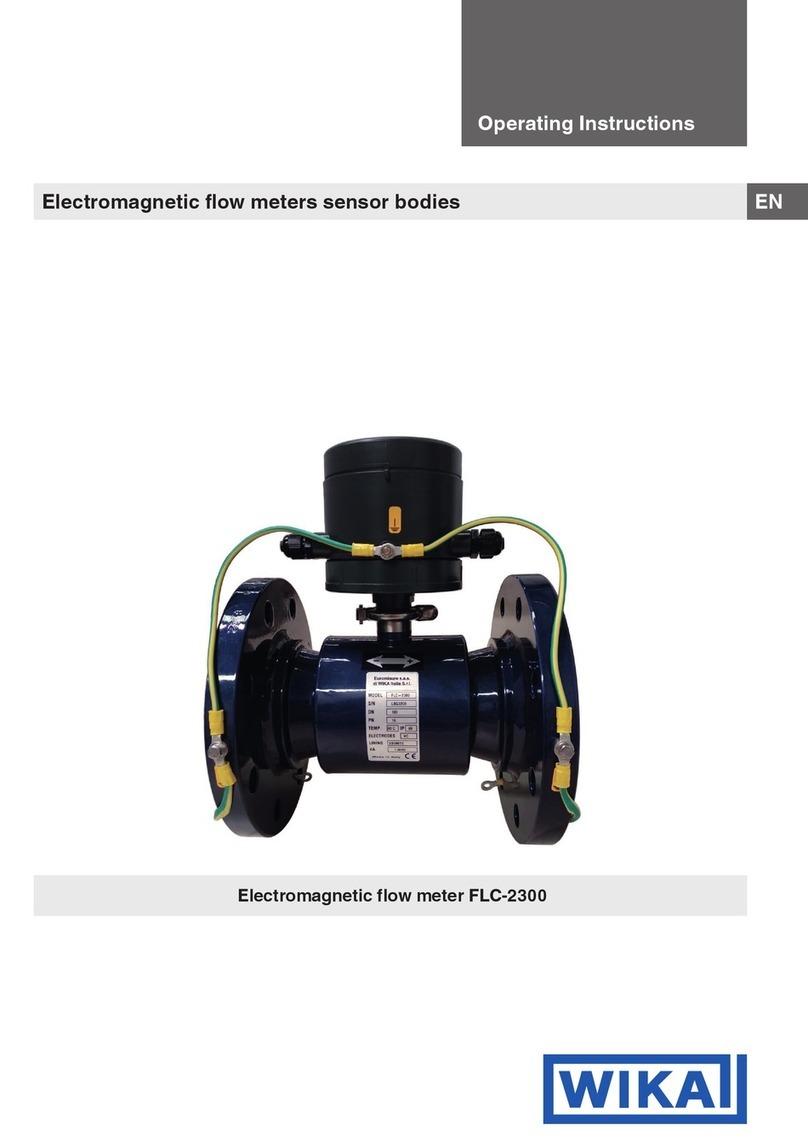
WIKA
WIKA FLC-2300 User manual
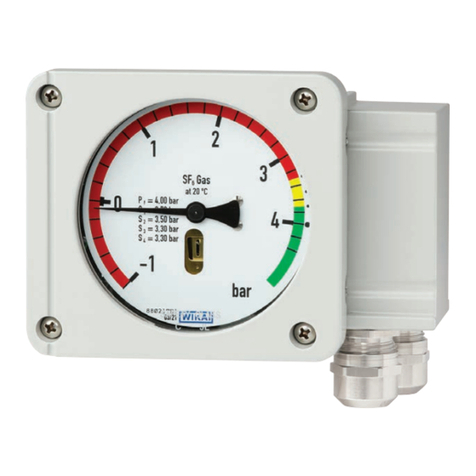
WIKA
WIKA GDM-RC-100-T User manual
Popular Measuring Instrument manuals by other brands

Powerfix Profi
Powerfix Profi 278296 Operation and safety notes

Test Equipment Depot
Test Equipment Depot GVT-427B user manual

Fieldpiece
Fieldpiece ACH Operator's manual

FLYSURFER
FLYSURFER VIRON3 user manual

GMW
GMW TG uni 1 operating manual

Downeaster
Downeaster Wind & Weather Medallion Series instruction manual

Hanna Instruments
Hanna Instruments HI96725C instruction manual

Nokeval
Nokeval KMR260 quick guide

HOKUYO AUTOMATIC
HOKUYO AUTOMATIC UBG-05LN instruction manual

Fluke
Fluke 96000 Series Operator's manual

Test Products International
Test Products International SP565 user manual

General Sleep
General Sleep Zmachine Insight+ DT-200 Service manual

